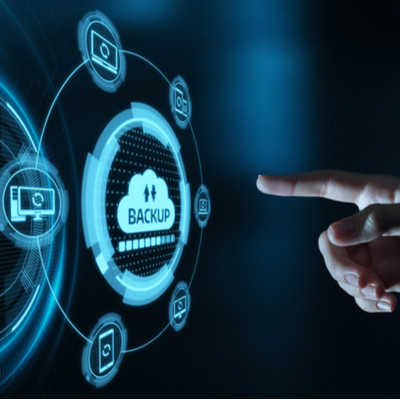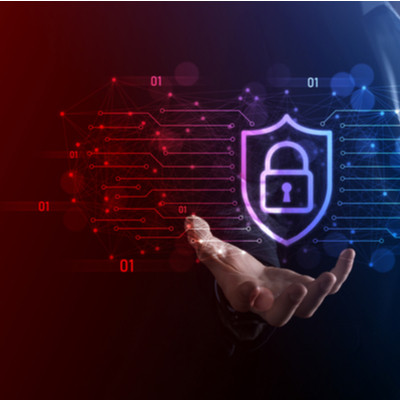ServiQual Blog
When you consider your business’ investments, you probably think about things like the hardware your team uses and the software this hardware supports. You might think about the furniture you’ve purchased to outfit your office. However, one often overlooked—but incredibly important—element that needs some level of investment is your employee satisfaction.
Meetings are a common hold-up for getting things done in the office, an idea that is certainly not unfounded. Research supports the premise that meetings impact productivity. Let’s consider what the numbers say and how you can work to ensure meetings don’t influence your company’s productivity in a negative way.
For many years now, there’s been a bit of a fear of AI—artificial intelligence—in the workplace, all while it has been put into practical use more and more often in many businesses. This all ties back to the work of Alan Turing, who (amongst his accomplishments in computing) created what we know as the Turing Test as a means of gauging how intelligent a computer is.
AI has been a hot topic in recent months and years, which only makes sense. Not only has it been used in more public applications, but it has also caused a bit of controversy as it seems to “compete” with people. Back in September, art made by using an artificially intelligent platform caused a stir by winning an art competition, and workplace fears of a computer taking one’s job have seemingly become more well-founded than ever.
When all is said and done, being a manager is a far different experience than being an employee. So, when you promote one of your team members to this position—or perhaps you’ve recently been promoted to management yourself—it is important that a few practices are incorporated into their new workflow. Let’s go over these practices, and how the right IT can help.
It doesn’t matter where your business is located; whether it’s a tornado that rolls through your city, a structural fire that renders your office uninhabitable, or a freak snowstorm that brings down power lines or grinds travel to a halt, you’ll want to be ready for it all. We’ll go over what kinds of solutions your business can implement to ensure that no disaster, be it natural or artificial, like a cyberattack, puts a stop to your operations.
Today is the official World Backup Day, a day intended to remind us all of the importance of taking backups for the sake of data continuity. While this kind of day can be a valuable reminder of a critical best practice, we contend that your awareness of your backup (and the associated maintenance of it) should not be limited to a single day.
Gauging the effectiveness of your cybersecurity can be a bit of a daunting task, especially when asking if it could make a major difference in protecting your organization’s network infrastructure. If you want to track and measure your business’ cybersecurity preparedness, here are four steps to help you perform an evaluation.
We’re all aware of the outage that Facebook experienced a few weeks before it announced its Meta rebrand, which prevented users around the world from accessing the services that the social media giant provides. While it may not sound like a huge deal that people couldn’t share their thoughts with one another for a short time, the ramifications stretched far beyond the inability to scroll through a Newsfeed.













